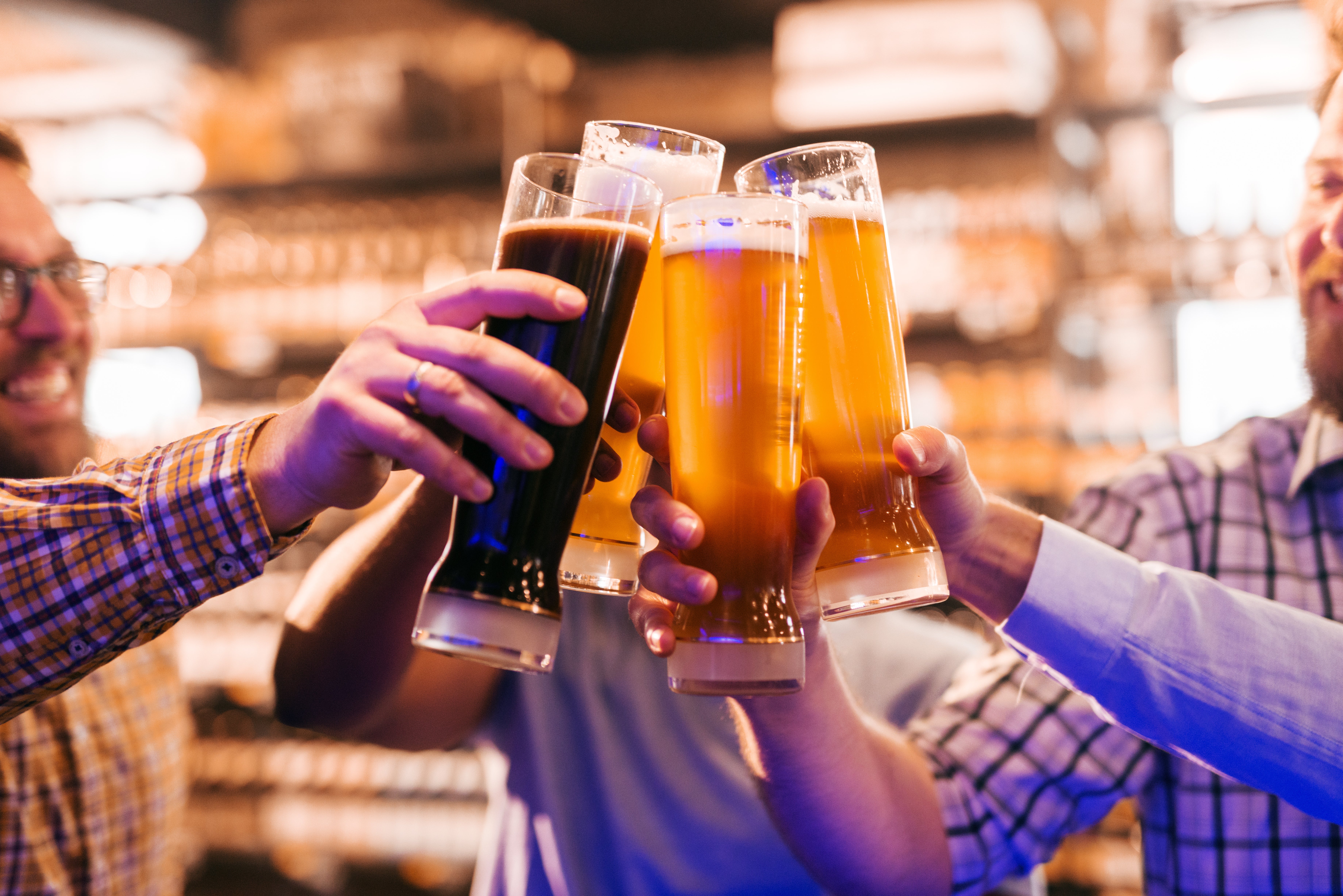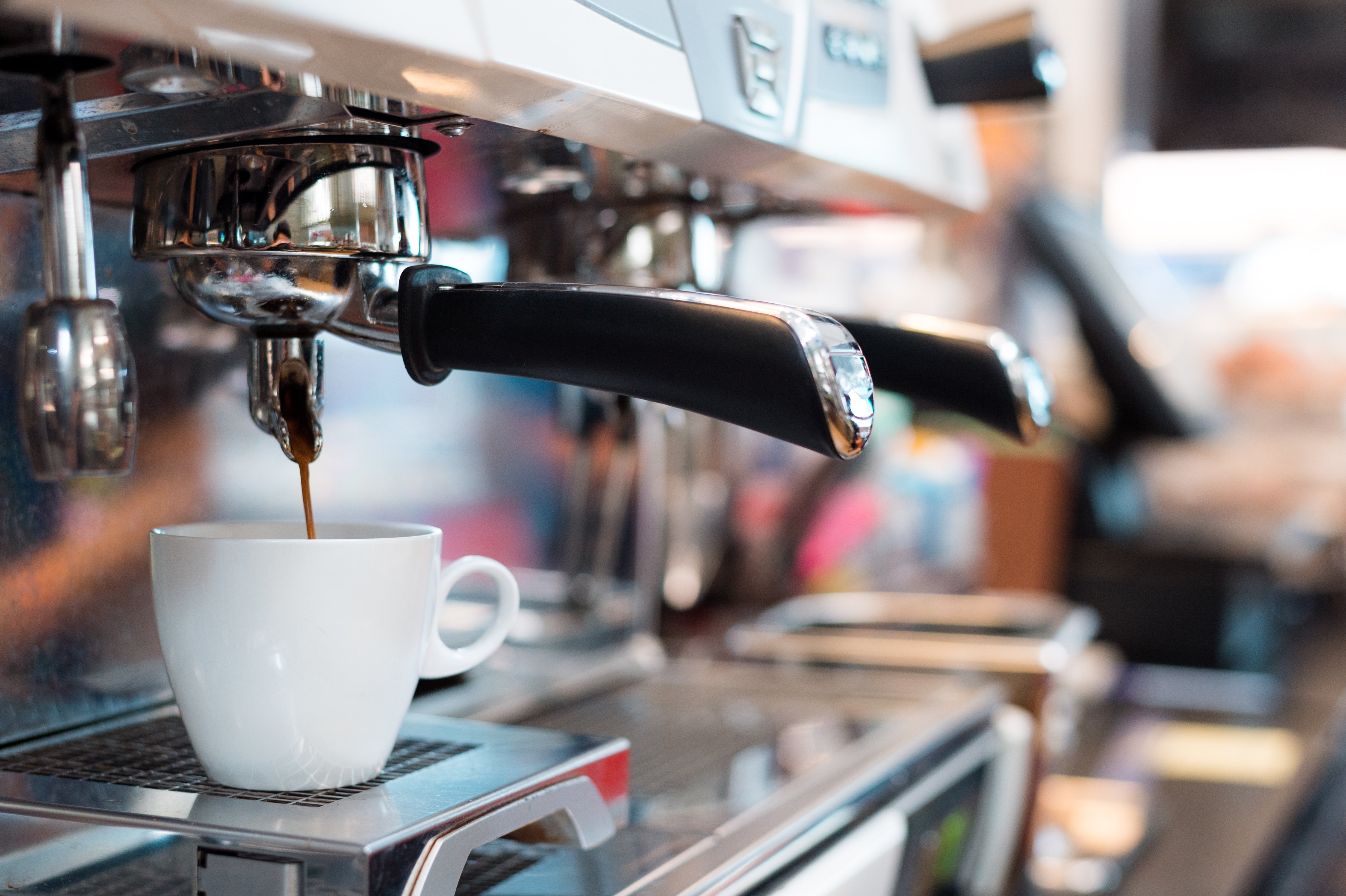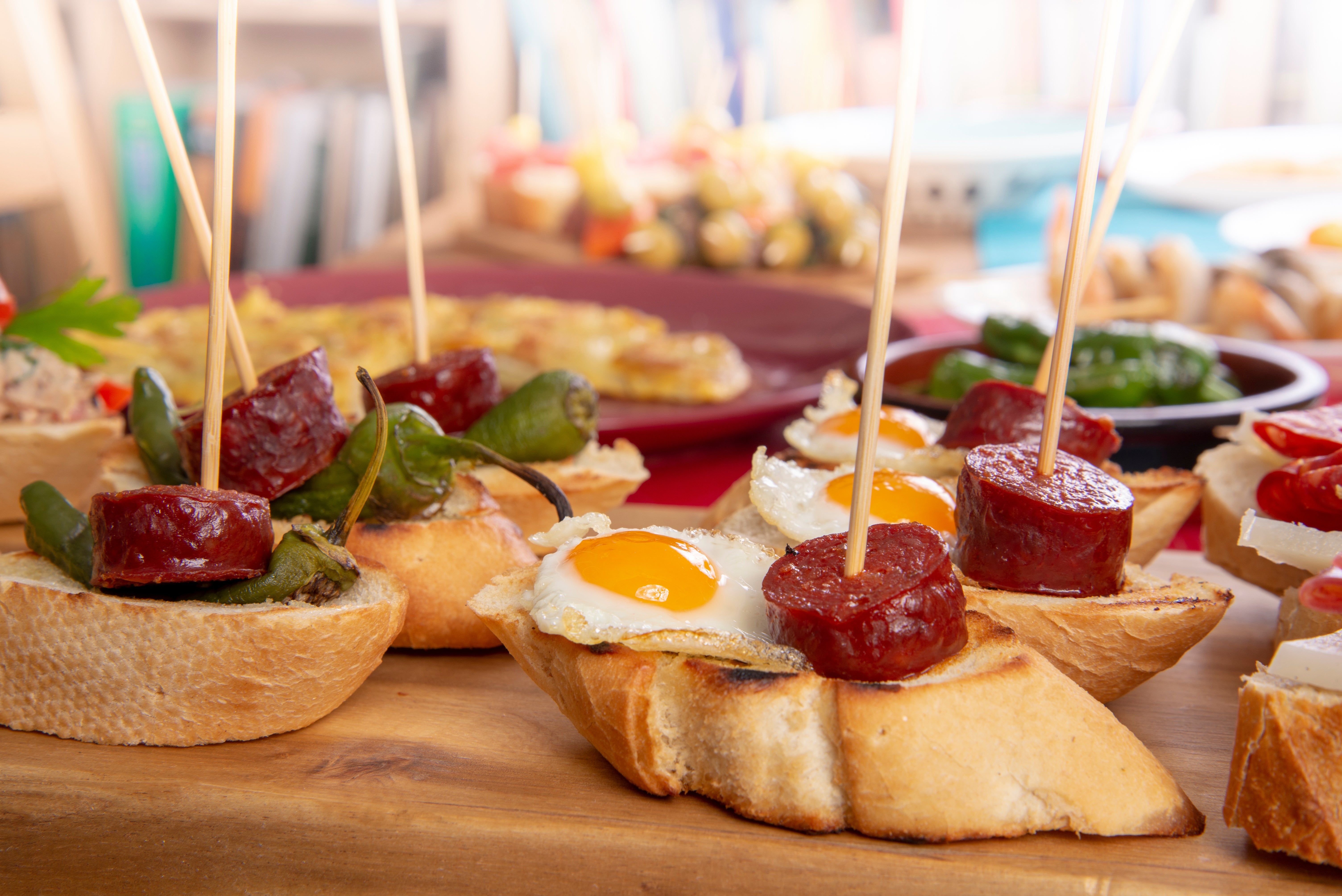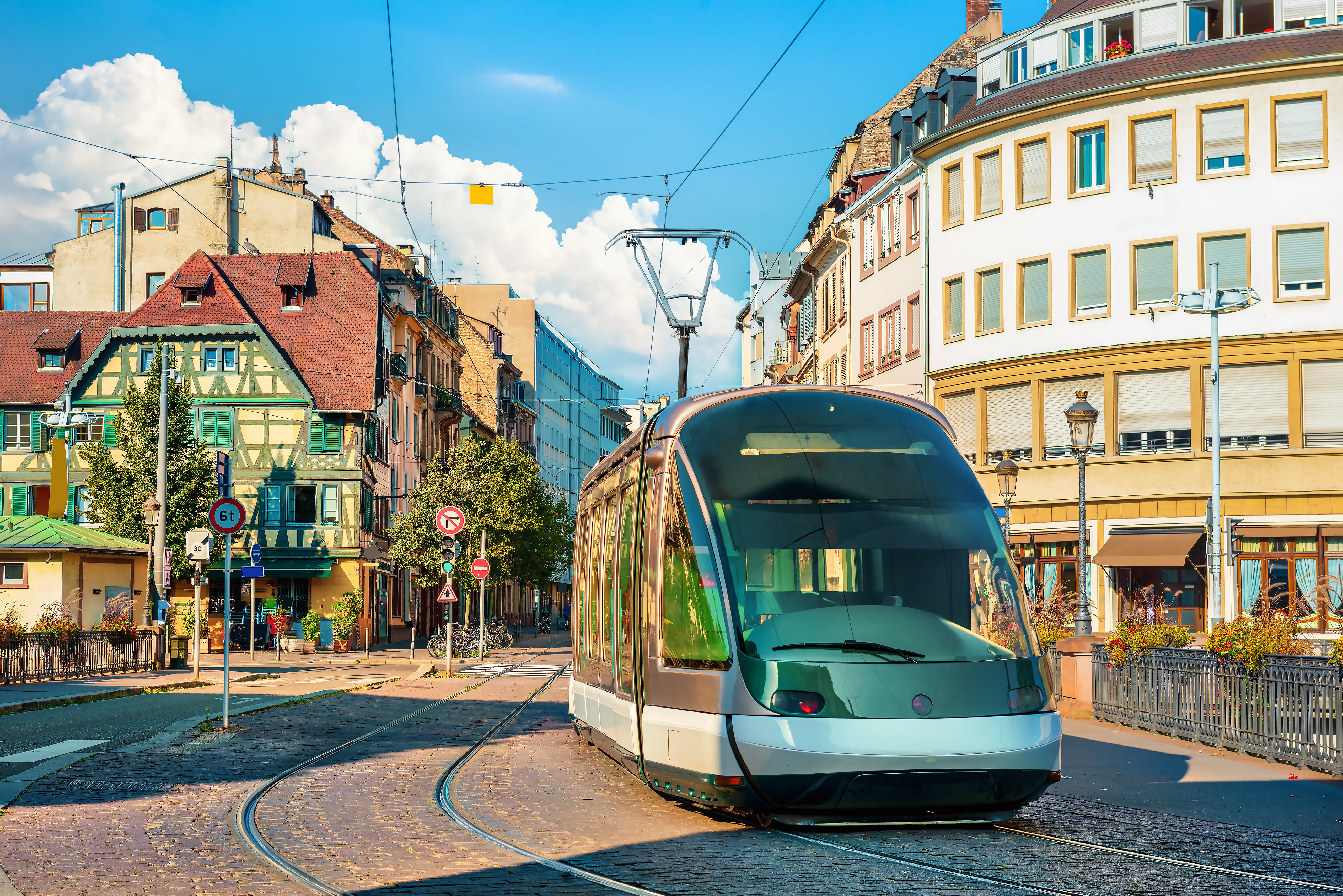This website uses cookies so that we can provide you with the best user experience possible. Cookie information is stored in your browser and performs functions such as recognising you when you return to our website and helping our team to understand which sections of the website you find most interesting and useful.
Europe is a dream destination for many Americans.
But a trip there could become nightmarish if local customs aren't followed.
Luckily, help is at hand for those planning their first visit.
We asked two experts on the European way of life to share their advice on eating out in Europe and getting along with the locals in public spaces.
The first is Noel Wolf, a linguistic and cultural expert at language site Babbel who grew up in Germany, lived in America and now calls Spain home.
The second is Jonathan Kleeman, a UK-based hospitality consultant and sommelier who has worked across the UK and Europe for 18 years.
Here they reveal the etiquette around those European kisses, the condiment you should never order and the one American trait that might raise hackles.
Don't just pay lip service to greetings

One of the most common mistakes North Americans make when visiting Europe for the first time is misunderstanding cheek-kissing etiquette.
Noel explains: "Many assume that kissing on the cheek is the go-to greeting all across Europe, but that's not always the case. In fact, it varies widely depending on the country and even the situation.
"For example, in Spain, cheek-kissing – usually two kisses: left cheek, then right – is very common, not just among friends but often even in professional or casual settings, especially between men and women.
"On the other hand, in Germany, cheek-kissing tends to be much more reserved, typically saved for close friends, family, or intimate relationships.
"So if you go in expecting a kiss everywhere, you might catch people off guard – or feel awkward yourself."
So, what's the best approach?
Noel reveals: "A lot of Americans get flustered or pull away after one kiss because they're not used to the rhythm or social cue, and that can create an uncomfortable moment.
"The best advice? Let the locals take the lead. Watch how people greet each other and mirror what they do. It's the safest way to avoid any awkwardness."
Speaking the local language matters
The bad news? An understanding of the local language is important. The good news? You don't need to master it to get along with the locals.
Noel explains: "Learning the local language matters more than you might think. No one expects you to be fluent just for a vacation, but even learning a few basic phrases can go a long way. A simple 'gracias' in Spain or 'danke' ['thanks'] in Germany shows locals you're making the effort – and that effort really counts.
"Especially if you're American, you might get extra credit for trying. It's often unexpected, so people are genuinely surprised and usually delighted when you try to speak their language, even if you butcher the pronunciation a little."
Jonathan adds that it's important not to overdo it in big cities, though.
For example in Paris, he explains, "most people will switch to English anyway, unless you speak decent French". But out in the countryside, "even a bad attempt at French is usually appreciated".
Drink in the bar rules

There are a few rules to soak up for North Americans when it comes to bar etiquette.
For starters, no waving at serving staff.
Noel explains: "In the US, it's normal to wave down a bartender, especially in a crowded place. But in much of Europe, that's seen as rude. The pace is slower, and you're expected to wait your turn – no shouting or hand-waving needed."
And don't order a bespoke cocktail when you have got the bartender's attention.
Jonathan says: "In most bars across Europe, cocktails are made one way, the way the bar does them. If you want something customised, find a proper cocktail bar or a high-end hotel bar. Don't expect every local spot to make your 'special' Martini."
There are pitfalls associated with ordering beers, too.
Noel adds: "In Germany, a common misstep is asking for 'a beer'. There are so many types – Pils, Weizen, Helles, Kölsch, and more – that it's a bit like walking into a wine bar and just saying 'red, please'. Be specific or ask what's local."
Noel has some tips for Spain, too.
She reveals: "Sip on a tinto de verano – a light red wine spritz with lemon soda – or a glass of Vermouth on ice, especially in Madrid, where it's a weekend tradition. And if you're feeling adventurous, try orujo, a potent grape spirit from northern Spain – definitely not for the faint-hearted!"
Don't cause a stir with your coffee order

Ordering coffee in Europe can be straightforward, but there are ways for tourists to create a stir.
For example, in Italy, cappuccinos are for breakfast, Jonathan points out, adding: "Don't order one after noon unless you want to look like a tourist."
Noel agrees: "If you order a cappuccino after 11am, you might get a raised eyebrow. It's considered a breakfast drink, and locals would never dream of drinking one after lunch."
Restaurants - a few tips to digest
Americans will need to get used to a different pace and style of service in Europe.
Noel explains: "One of the biggest surprises for many Americans dining out in Europe is the difference in pace and style of service. Back home, quick, attentive, and efficient service – often with a heavy focus on catering to the customer – is the norm. But in countries such as Spain, Italy, or Germany, dining is less about rushing and more about savoring the experience. It's more like being a guest in someone's home than simply a customer at a restaurant.

"That mindset makes all the difference. Treating servers as hosts rather than just staff can totally change your dining experience. For example, if the waiter takes a smoke break while you're waiting for your check, try not to take it personally – it's just part of the more relaxed rhythm of the meal."
Noel adds that timings are different, too.
"In Spain, timing is key," she says. "Dinner usually doesn't start until 8.30 or even 9pm, so arriving at 6pm often means you'll face empty restaurants and puzzled hosts. It's a big shift from the earlier dinner hours typical in the US, so plan accordingly to avoid disappointment."
Jonathan, meanwhile, has some advice about trying to customise your order: don't.
He explains: "Customising dishes isn't really a thing. In most of mainland Europe, you order what's on the menu. That's it. The UK's a bit more relaxed. But even there, don't treat menus like a build-your-own adventure."
And on that subject, some extra advice on ordering eggs and ketchup.
Jonathan adds: "Europe does eggs four ways: fried, boiled, poached, or scrambled. No sunny side up. No over easy. If you ask, expect a confused look.
"And never ask for ketchup unless it's for a burger or fries. And honestly, if you're in Italy ordering a burger, you've already gone wrong."
Plus, Americans should remember that in France entrée means starter or appetiser, not main course like it does in the US.
And in general in Europe, starters and the main course are ordered at the same time.
Jonathan says: "There's none of this 'we'll decide on mains later' thing. Starters aren't meant to be a separate event, they're there to keep you busy while the kitchen gets your main ready."
Dishes to order

Going with the local flow is the order of the day when eating out.
Noel explains: "Europeans eat very seasonally, so what's on the menu often reflects what's fresh at that time of year. It's a good mindset to adopt – go with the flow and try what's in season.
"In Germany, the classic bratwurst is a must, especially when grilled and served with mustard and a fresh bun. Pair it with a cold Helles, a smooth, golden Bavarian lager that's easy to love. You've also got to try a real Bavarian pretzel – crispy on the outside, soft and chewy inside, with just the right amount of salt. For something heartier, order sauerbraten, a marinated pot roast (often beef or venison) that's slow-cooked until tender, served with red cabbage and potato dumplings.
"It's rich, comforting, and full of deep flavour."
Any tips for what to order in Spain?
Noel says: "In Spain, eating is a social event, and tapas culture means you can try a bit of everything. Definitely don't leave without tasting jamón Ibérico – Spain's prized cured ham. It's richer and more intense than prosciutto, and people take it seriously here. If you're near the coast, order pulpo a la gallega – Galician-style octopus with paprika and olive oil. Or if you're in Valencia, go for the real Paella Valenciana – often made with rabbit, chicken, and beans, not just seafood."
Public transport - keep the volume down

Noel stresses that public transport in Europe tends to be quieter than it is in the States.
She says: "Loud phone calls or big conversations can feel disruptive, especially in Germany where people really value personal space and quiet time during their commute. It's worth taking a cue from the locals: if everyone else is silent, it's probably a good moment to turn your volume down, too."
Are Americans liked in Europe?
Europeans generally love American visitors – as long as they keep their voices down.
Noel explains: "Most Europeans are friendly and open toward American visitors – especially if you're respectful, curious, and make even a small effort to engage with the local culture. But like anywhere, first impressions matter.
"A common gripe is that Americans can come across as a bit loud or overly confident in public spaces. It's not always about rudeness – it's often just cultural differences. In many European countries, people tend to speak more quietly in restaurants, on public transport, or even in the street. So a booming voice can turn heads fast. The good news? Being aware of this and adjusting a little makes a big difference."
For more from Jonathan visit jonathankleeman.com.



 Africana55 Radio
Africana55 Radio 
